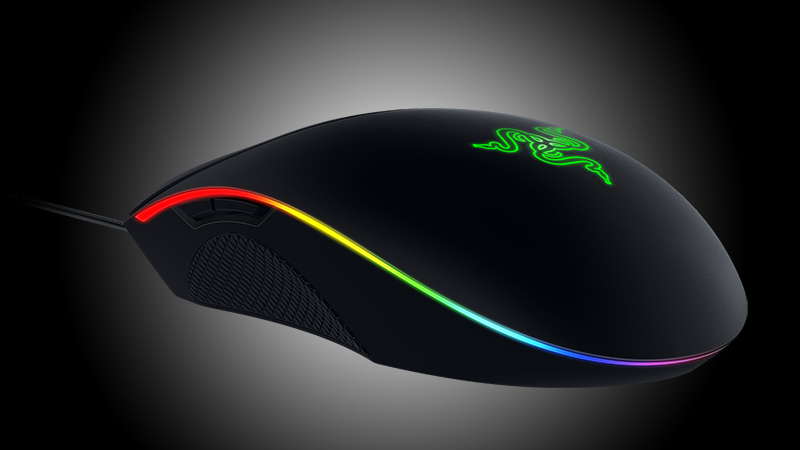The Razer Diamondback is brought into the market by the company making computer peripherals for a good number of years. This particular gaming mouse is the successor to the 2004 model with the same name. It was beloved by many gamers, professional and amateur alike. It was even remembered as one of Razer’s earliest achievements. With this new model, it is placed into the high-end market just like its predecessor. But does this newer model have anything to offer that would make its predecessor proud?
The Razer Diamondback is a Little Awkward to Hold and Move
The Razer Diamondback arrives in the typical Chroma lighting that the company is sporting with a lot of their gaming peripherals. It is encased with that also familiar, yet very attractive black-and-green box and can be taken out of it with ease. It is a wired mouse, so getting to use it is as simple as plugging it into your computer.
Its build quality also screams Razer. Once you take a hold of it, you would know that you are gripping a mouse of high quality. It has a certain kind of heft in the hand that you do not get from a standard computer mouse.
With its heft, comes something out of the ordinary – it is seriously thin. The Razer Diamondback (2015) has a long, svelte chassis which is seldom seen in modern gaming mice. It has an elongated, symmetrical design which means lefties and righties can take advantage of it. While this does seem like a positive element, it also promotes a certain problem to get thrown into the mix.
Since the mouse is made to be ambidextrous, and despite it having a high-end sensor attached to it, positioning it in twitch moments can feel awkward. The button symmetry means that the two buttons (on either side) are awkwardly placed and can become useless at times.
The mouse is also not curvy so there is no good way to hold or grip it. Its angular body is very frustrating and would want you to even go back to a regular computer mouse for gaming if it means getting the comfort back.
Even though the design is not something to jump for joy with, Razer still nailed the performance. It comes equipped with the company’s 5G sensor, which means you get a top-end DPI of 16,000. This may not be useful for some, but for the well-trained gamer playing at a UHD monitor, then you can make something really good out of that sensitivity.
While the Razer Diamondback gets a lot of things in the right, such as performance and build quality, it makes for a clumsy design that won’t last long in your hand. This is not the type of mouse you would want to play with during those long hours of gaming.
